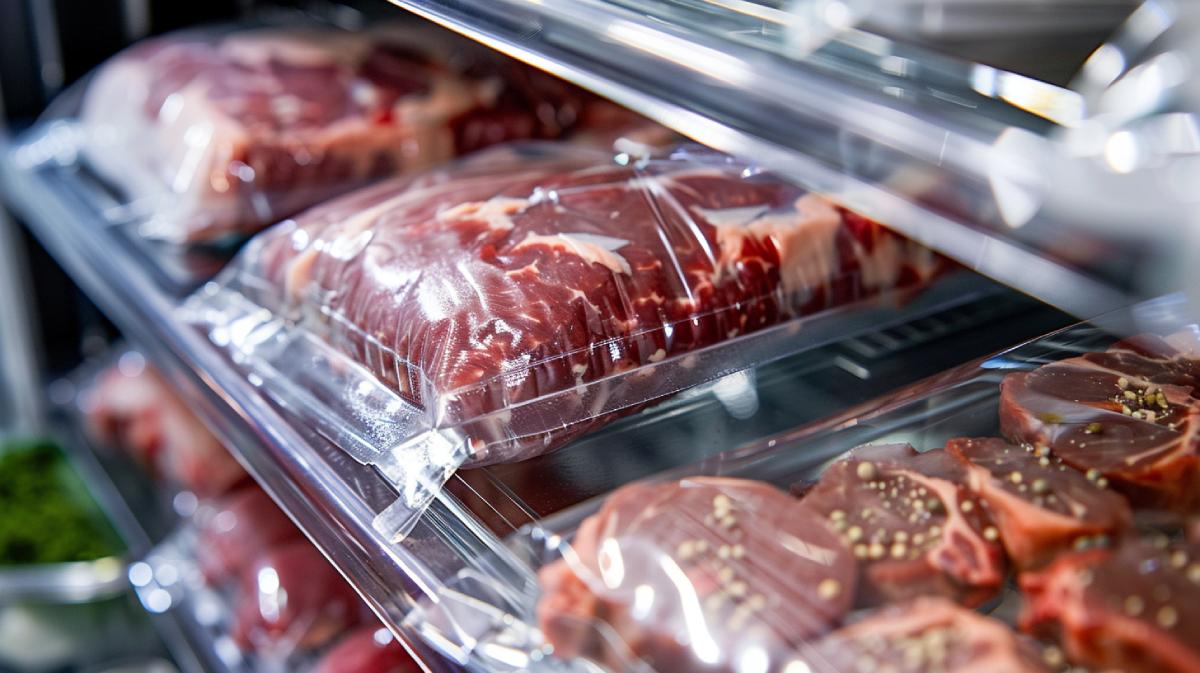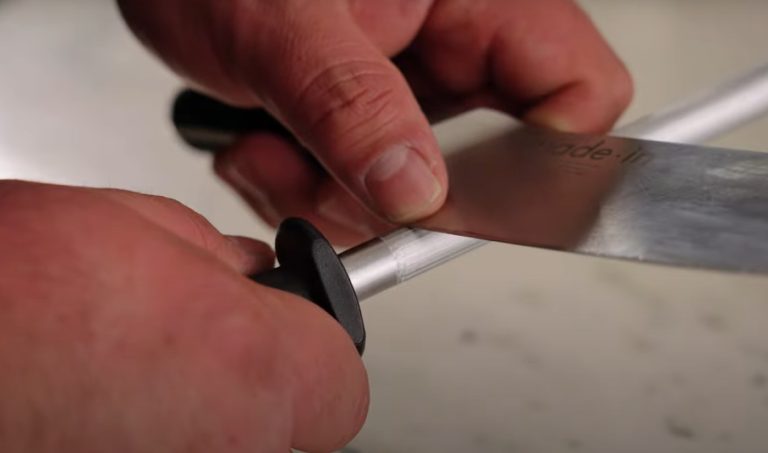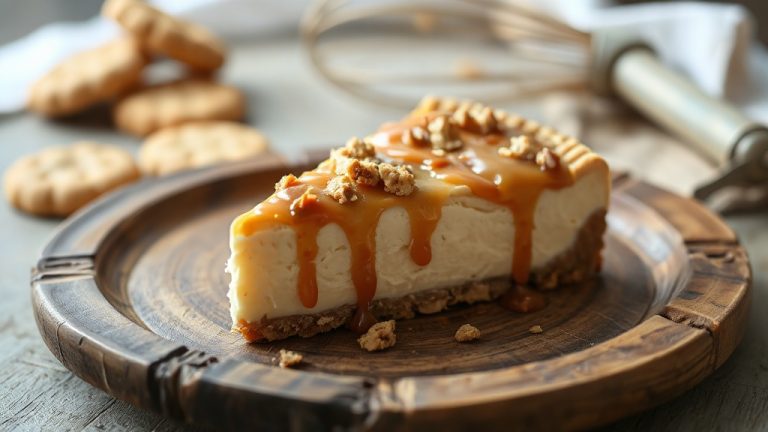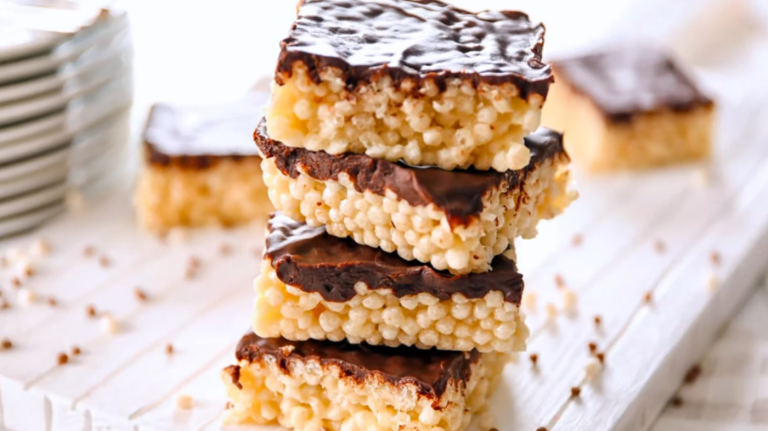How to Freeze Meat: The Best Practices
Freezing meat properly guarantees it maintains quality and flavor. First, wrap meat tightly to eliminate air exposure and prevent freezer burn. Use plastic wrap followed by aluminum foil or freezer bags for extra protection. Label each package with the cut, quantity, and date for easy identification.
Freeze meat in meal-sized portions and lay them flat to save space and guarantee even freezing. Set your freezer to 0°F or below for fast freezing, which minimizes ice crystal formation and keeps the meat tender. Thaw meat safely in the refrigerator to reduce bacterial growth. To master these techniques and more, continue exploring further.
Key Takeaways
- Wrap meat tightly with plastic wrap and an additional layer of foil or freezer bags to prevent freezer burn.
- Label packages with the meat cut, quantity, and freezing date for easy identification and tracking.
- Freeze meat in meal-sized portions to aid in efficient thawing and reduce wastage.
- Set the freezer temperature to 0°F or below to ensure fast freezing and maintain meat quality.
- Thaw meat safely in the refrigerator to reduce bacterial growth and preserve texture.
The Basics
When freezing meat, understanding how different cuts respond to freezing is key to maintaining their quality and flavor. Freeze meat properly to prevent freezer burn and maintain its freshness.
For example, beef retains its flavor well for about 4-6 months in the freezer. Proper storage guidelines are vital: wrap the beef tightly to avoid air exposure, which can lead to freezer burn.
On the other hand, chicken breasts should be individually wrapped before freezing. This step is crucial to prevent freezer burn and preserve their texture. Use airtight packaging or heavy-duty aluminum foil to keep the chicken in top condition.
Fish needs special attention. You should freeze fish either in water or using airtight packaging to preserve its freshness. This method helps to prevent the fish from becoming tough and losing its taste.
Freezing should always be done quickly at 0°F to avoid the formation of large ice crystals, which can harm the meat’s texture and lead to freezer burn.
Organization Tips
Optimize your freezer space and decrease thawing time by storing meat in portion sizes suitable for a meal. This not only enhances the freezing process efficiency but also helps prevent wastage. When you freeze substantial quantities of meat together, it can result in uneven freezing and extended thawing periods.
First, divide the meat into meal-sized portions and utilize airtight packaging to shield it from bacteria and freezer burn. Clearly mark each package with the type of cut, amount, and date. This organizational suggestion guarantees you can easily locate and utilize the meat before it spoils.
Freezing the meat in a flat position is another effective approach. It conserves space and reduces thawing time, allowing for more uniform freezing. Here’s a brief reference table to assist you:
| Task | Benefit |
|---|---|
| Store in meal-sized portions | Reduces wastage, simplifies thawing process |
| Use airtight packaging | Shields against bacteria, freezer burn |
| Label with cut, quantity, date | Facilitates identification, enhances organization |
| Freeze meat flat | Saves space, promotes even freezing |
Fast Freezing
To guarantee the best quality, set your freezer temperature to 0°F or below to freeze meat quickly and prevent large ice crystal formation. Fast freezing is essential because it helps maintain the meat’s quality and texture. When meat freezes slowly, large ice crystals form, which can rupture cell walls and degrade the texture once thawed.
By keeping your freezer at 0°F or lower, you minimize ice crystal size, ensuring the meat remains tender and juicy.
Ensure your meat is spread out in a single layer within the freezer to maximize airflow and expedite the freezing process. Fast freezing also reduces the risk of freezer burn, a condition that can toughen meat and affect its flavor.
Proper Wrapping
To guarantee your meat stays fresh and free from freezer burn, you’ll need to master airtight packaging techniques. Use plastic wrap or aluminum foil to tightly cover the meat, then double-wrap with wax-lined butcher paper for added protection.
Label each package with the cut and date to keep track of freshness and make organization easier.
Airtight Packaging Techniques
When freezing meat, using airtight containers or vacuum-sealed bags effectively prevents freezer burn and maintains freshness. Proper wrapping is essential to preserving the quality of your meat. Confirm you’re using reliable airtight containers or vacuum-sealed bags to keep out excess air.
Double wrapping the meat in plastic wrap, followed by butcher paper, provides an additional layer of protection.
When preparing meat for freezing, follow these technical steps:
- Remove excess air: Whether using airtight containers or vacuum-sealed bags, expelling as much air as possible is vital. This minimizes the risk of freezer burn.
- Double wrapping: Start with plastic wrap directly on the meat’s surface, then wrap it in butcher paper. This method assures an extra barrier against air exposure.
- Labeling: Clearly mark each package with the type of meat and the date it was frozen. This practice aids in easy identification and helps you manage rotating stock.
Preventing Freezer Burn
Preventing freezer burn relies on proper wrapping techniques that shield the meat from air exposure and dehydration. Freezer burn occurs when air reaches the meat, causing dehydration and off-flavors that can ruin your meal. To avoid this, start by using appropriate wrapping methods.
Double wrapping with plastic wrap followed by butcher paper creates a strong barrier against air. This double layer is necessary for insulating meat effectively.
For an even more effective solution, consider vacuum-sealing. This method removes excess air completely, providing an airtight environment that significantly reduces the risk of freezer burn. If a vacuum sealer isn’t available, airtight zip-loc bags are a reliable alternative. Make sure you squeeze out as much air as possible before sealing the bag.
Proper wrapping is essential, but don’t overlook the importance of minimizing air in the packaging. Removing excess air not only reduces the risk of freezer burn but also maintains the meat’s taste and texture during freezing and thawing processes.
Safe Thawing
Guarantee safe thawing by always defrosting meat in the refrigerator for an even and controlled process. The slow and steady thawing procedure ensures that your frozen meat defrosts safely, reducing the risk of bacterial growth. While it might take longer, this technique keeps the meat at a safe temperature throughout the defrosting process.
For smaller cuts of meat, you can use your microwave’s defrost setting. Be certain to cook the meat immediately after thawing to maintain safety and quality. If you’re in a hurry, another effective method is to seal the meat in a plastic bag and submerge it in cold water. Change the water every 30 minutes to maintain it stays cold, and cook the meat as soon as it’s thawed.
Avoid refreezing thawed meat to maintain its quality and safety. Refreezing can compromise the texture and increase the risk of bacterial contamination.
- Plan ahead: Start thawing a day before you need the meat, especially for larger cuts.
- Monitor closely: Check the thawing process periodically to ensure the meat remains at a safe temperature.
- Cook immediately: Once the meat is thawed, cook it right away to prevent any bacterial growth.
Storage Duration
Understanding the best freezing times for different cuts of meat is vital for maintaining quality.
You should use ground meat within 3-4 months, while uncooked whole poultry can last up to 12 months.
For roasts, steaks, and chops, aim for a storage duration of 4-12 months to guarantee the finest outcomes.
Optimal Freezing Times
To maintain your meat’s top-notch condition, it’s vital to stick to suggested freezing durations for different types. Different cuts of meat and ground meat have specific ideal freezing times to ensure the finest results when you’re prepared to cook.
Storing meat correctly can help preserve its texture and flavor.
For fresh meat, consider these guidelines to achieve peak quality:
- Ground Meat: Ground meat should be frozen for no more than 3-4 months. Beyond this period, the texture and flavor may deteriorate.
- Uncooked Roasts, Steaks, and Chops: These cuts of meat can be frozen for 4-12 months. Thicker cuts generally hold up better over longer periods.
- Whole Uncooked Poultry and Poultry Parts: Whole poultry can be frozen for up to 12 months, while poultry parts should be used within 9 months.
Meat Quality Maintenance
Maintaining meat quality during storage is crucial, so adhere to proper freezing durations and packaging techniques to prevent spoilage and freezer burn. For best quality maintenance, use plastic wrap and an additional layer of protection like aluminum foil or freezer bags. Proper freezing guarantees that beef retains its flavor for 4-6 months, while chicken breasts should be individually wrapped to avoid freezer burn.
Here’s a quick reference table for storage durations:
| Meat Type | Storage Duration |
|---|---|
| Beef | 4-6 months |
| Chicken Breasts | Up to 9 months |
| Pork Chops | 4-6 months |
| Fish | 2-3 months |
| Ground Meat | 3-4 months |
Label each package with the cut, quantity, and freezing date. This helps you track storage duration and sustain quality. Avoid defrosting meat at room temperature; instead, thaw it in the refrigerator to preserve texture and flavor. Freezing and defrosting correctly are crucial to extending meat’s shelf life.
Frequently Asked Questions
What Are the Best Methods for Freezing Meat?
Imagine freezing steak for a month. Wrap it tightly in plastic wrap, label with the freeze date, and store in the coldest part of the freezer at 0°F. Use airtight containers or vacuum-sealed bags for best freshness.
What Is the Best Way to Freeze Meat to Avoid Freezer Burn?
To avoid freezer burn, double wrap meat in plastic wrap and butcher paper, or use a vacuum sealer. Seal it in airtight containers, freeze quickly at 0°F or lower, and label with the freezing date for freshness.
How to Freeze Meat in Ziploc Bags?
Imagine perfectly preserved meat every time. Place your meat in a Ziploc bag, removing as much air as possible. Confirm the bag is freezer-safe, label it, and lay it flat in the freezer. Maximize space and minimize hassle.
Is It Better to Freeze Meat in Water?
Yes, freezing meat in water is better. It prevents freezer burn by creating a barrier against air exposure. Use an airtight container or bag to avoid leaks, especially for delicate meats like fish, preserving texture and flavor.
From Freezer to Table: Ensuring Delicious Meals Anytime
Wrapping up, freezing meat isn’t rocket science, but it does take a bit of know-how. By organizing your freezer like a pro, wrapping meat properly, and ensuring fast freezing, you’ll keep your meat fresh as a daisy.
Remember, thawing safely is just as essential to avoid any nasty surprises. Stick to these tips, and you’ll be a meat-freezing maestro, keeping your freezer full of delicious potential that is ready to be cooked up anytime.







